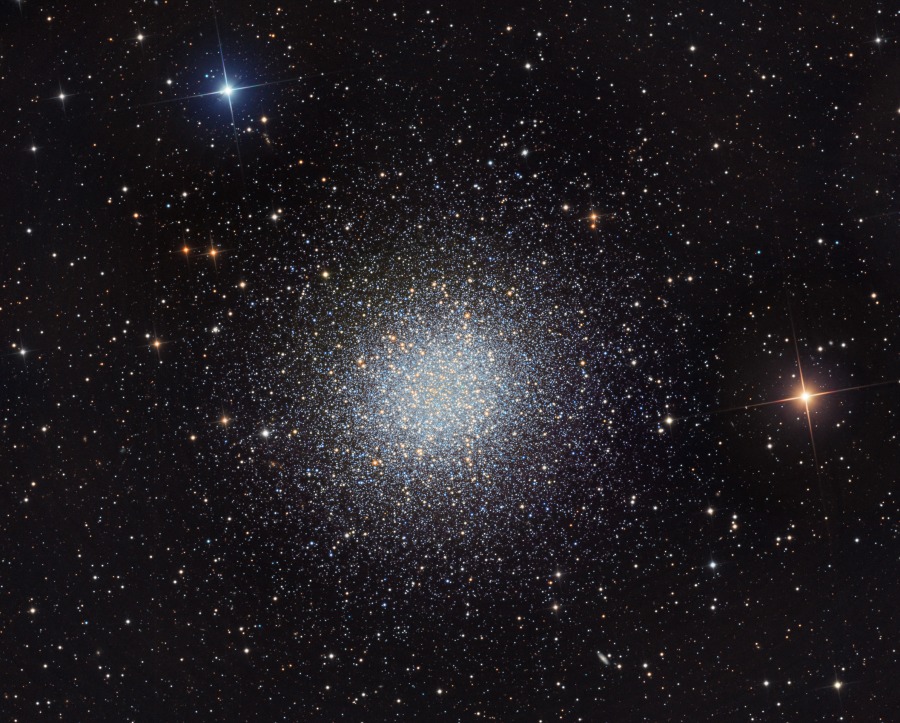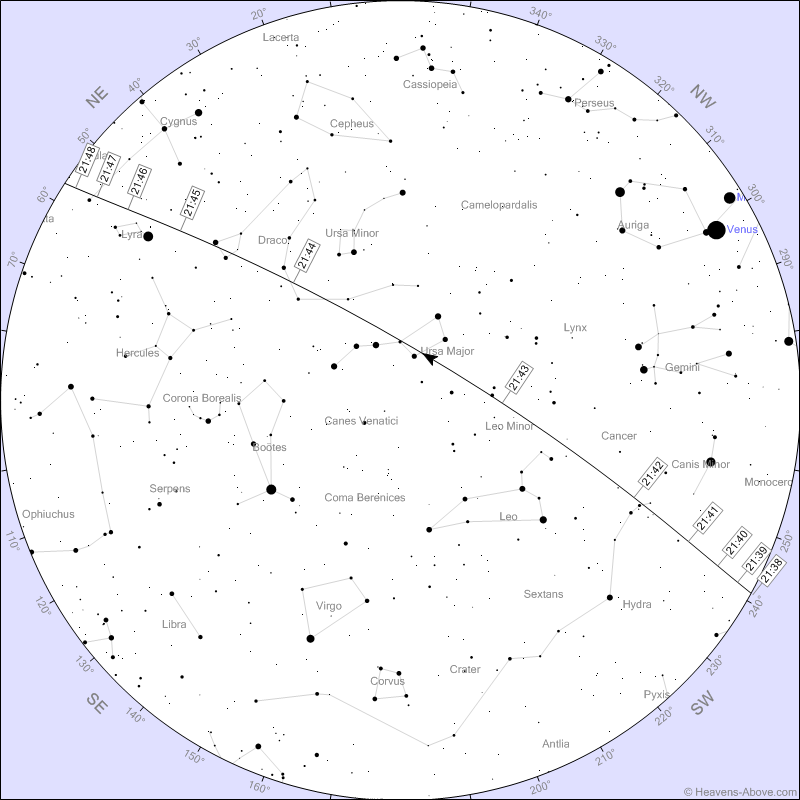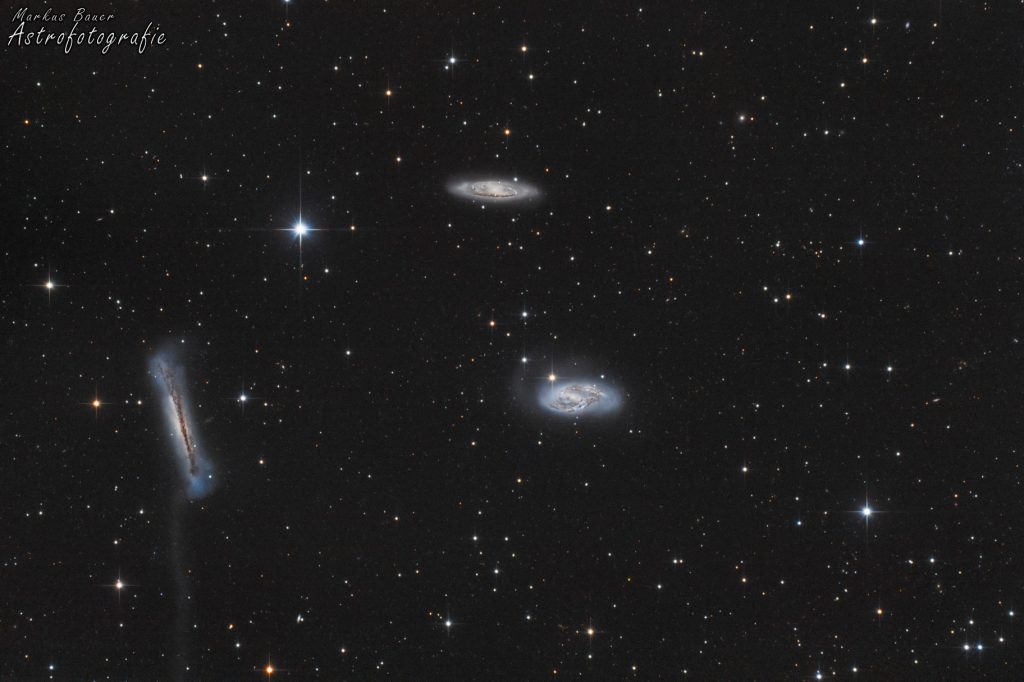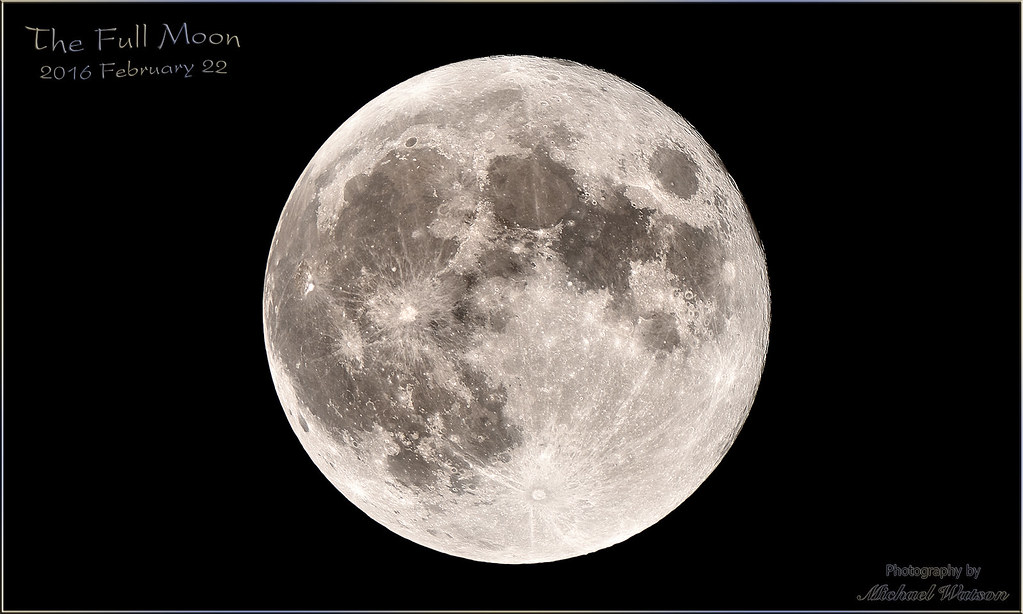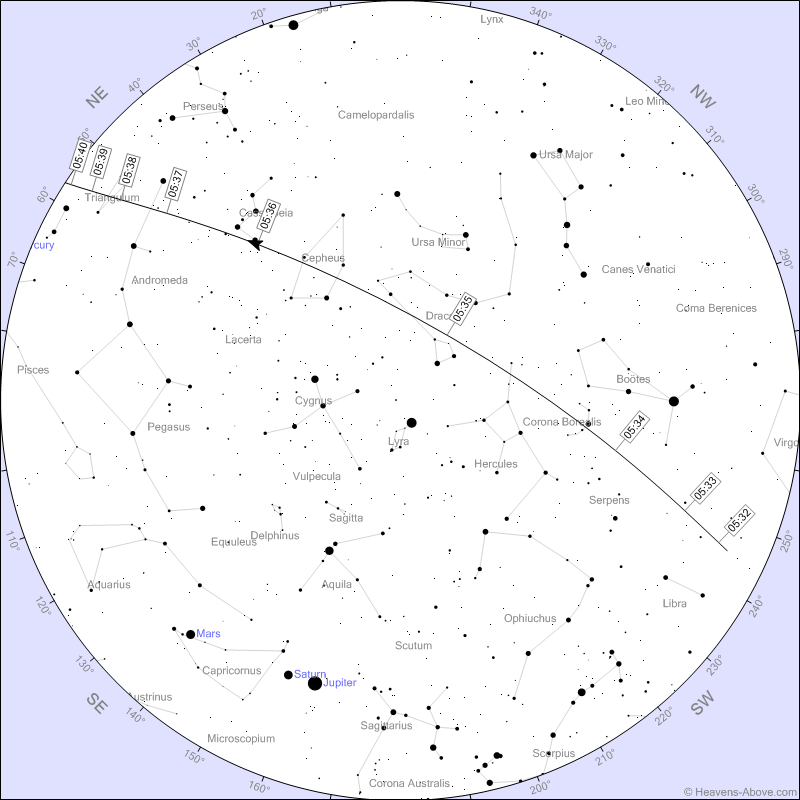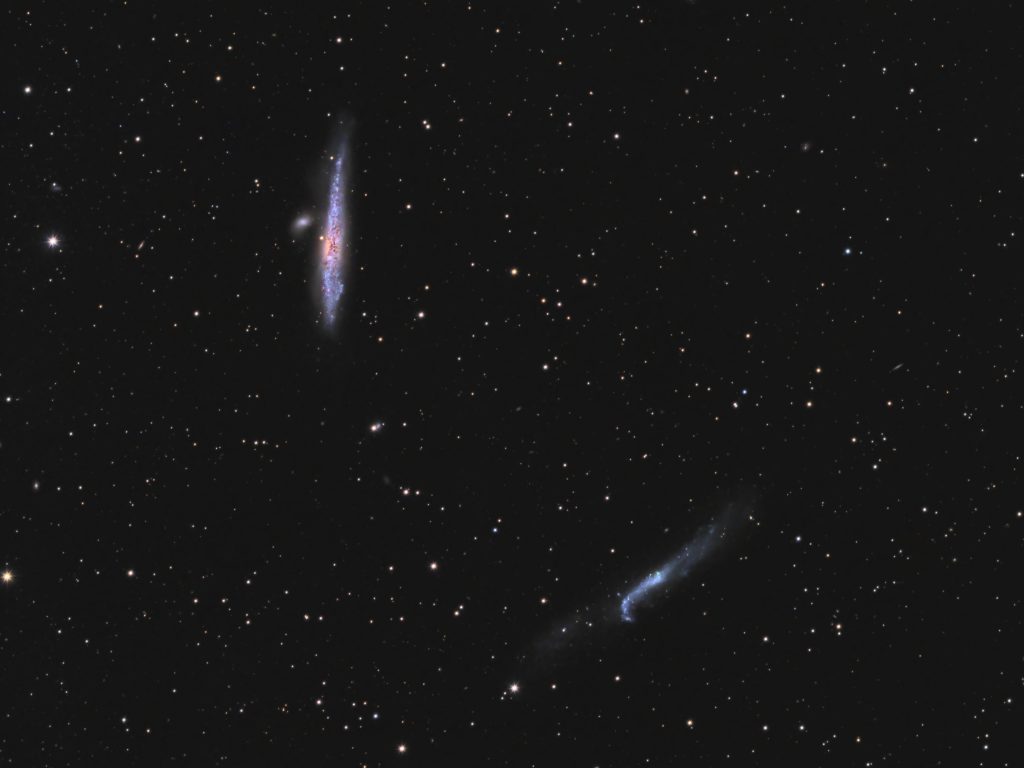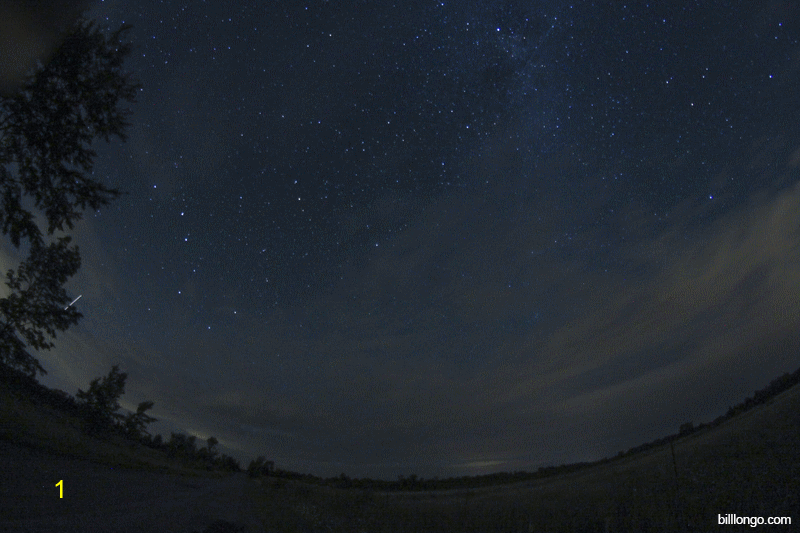Dark Nights’ Targets, Bright Pre-Dawn Planets Bracket a Globular Cluster, and a Moon and Planet Party in the Post-Sunset Sky!
This image of globular star cluster Messier 13 was captured by Martin Pugh of New South Wales, Australia. Left to right, it spans 40 arc-minutes, or 1.3 times the full moon’s diameter. The cluster, which could hold up to million yellow and blue stars, is approximately 23,000 light years away from our solar system. NASA…
Read more
